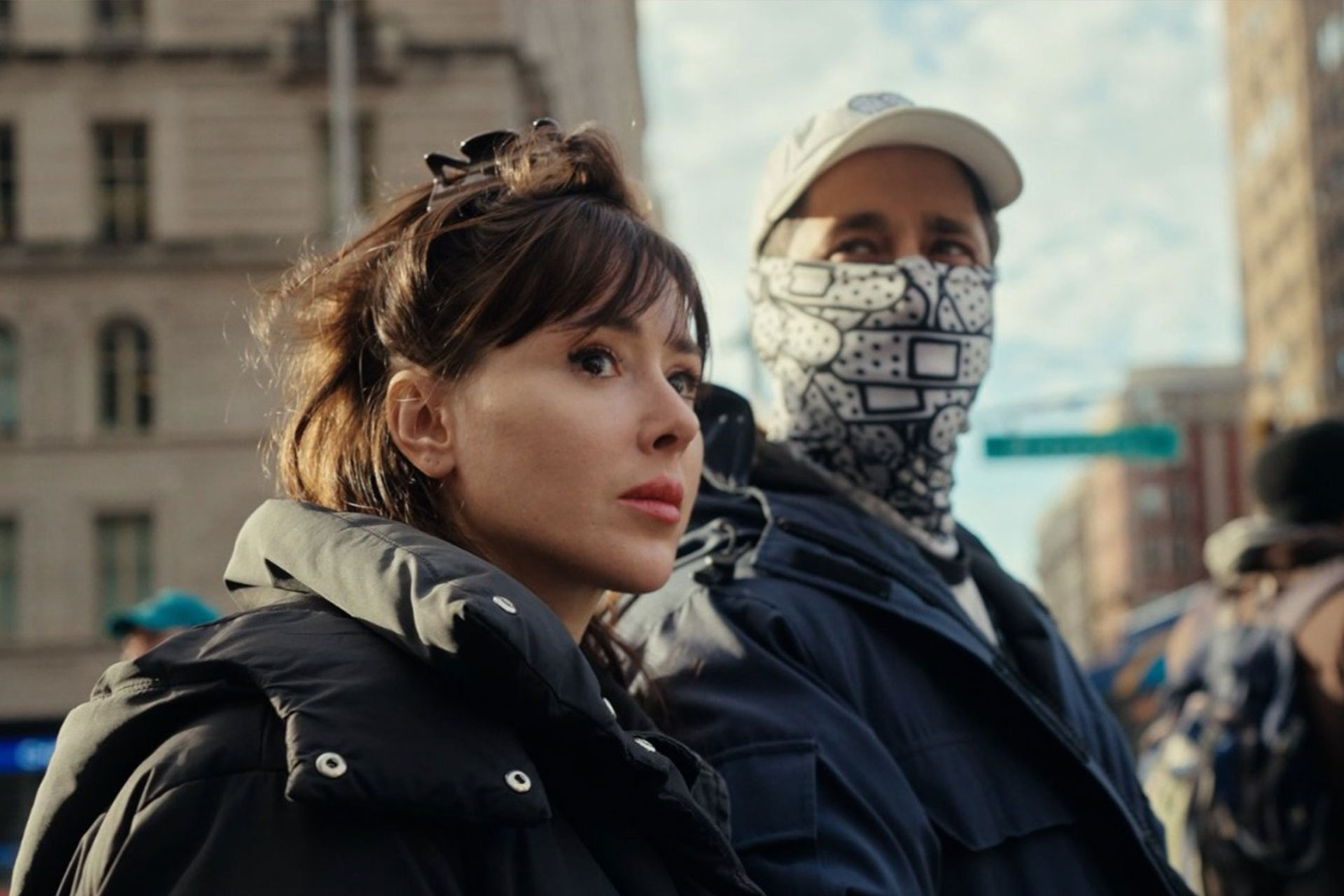
Dede Bandaid is a Tel-Aviv based, multidisciplinary urban artist, who utilizes various mediums to communicate within the public arena. He started creating his works after finishing his military service, and continued to develop and elaborate them while completing his undergraduate studies at Bezalel Academy of Art and Design. Nowadays his works can be viewed at galleries, exhibition spaces, various art events and in the streets of art capitals around the world, such as London, New York, Berlin and Tel-Aviv.
Nitzan Mintz is a visual poet based in Tel Aviv. She began working a decade ago in the streets of Tel Aviv, where she would create visual poetry for specific locations in the city. She later continued to create studio pieces as well. In her poems, Mintz attempts to verbalize personal and collective emotional struggles. Her poems are later developed into her visual pieces. Mintz has created pieces in the public sphere and has exhibited her work in different art venues and events in many cities in the world – New York, Miami, Montreal, London, Paris, Prague, Vienna, Berlin and more.
The public sphere has a central role in Both Dede’s and Nitzan’s artistic process, as it is their main source of inspiration. As Tel Aviv natives, their personal growth and change has been echoed by the dramatic changes Tel Aviv has undergone in recent years.
They mainly use leftovers from the public sphere, industrial materials and paint. Their final pieces facilitate a unique connection between drawings, text, form and color, allowing a new experience for the viewer. In their pieces in the public sphere they often consider the history and nature of the location, along with its visual aspects.
As partners in life and practice, they find inspiration in the vibrant pulse and constant flux of urban environments. Their artworks—installations, site-specific projects, assemblage, collage, painting, and visual poetry—are inspired by themes of post-trauma, childhood, and decay.
People occupying public spaces are often the audience they strive to reach and empower – individuals or communities, and they see their practice as a channel of communication.
By activating neglected areas they hope to convey complex messages and evoke multi-dimensional interactions with otherwise overlooked places. Nitzan’s text provides a visual dimension to language, deepening perception of her poems. Dede provides poignant messages related to the specific history of a site or format of an artwork. He often chooses to confront social questions, addressing inequities and injustices. By combining distinct approaches, they present a rich tapestry of observations and reflections. Ultimately, their goal is to spark dialogue and foster connections through their shared exploration of the human experience within the urban landscape.